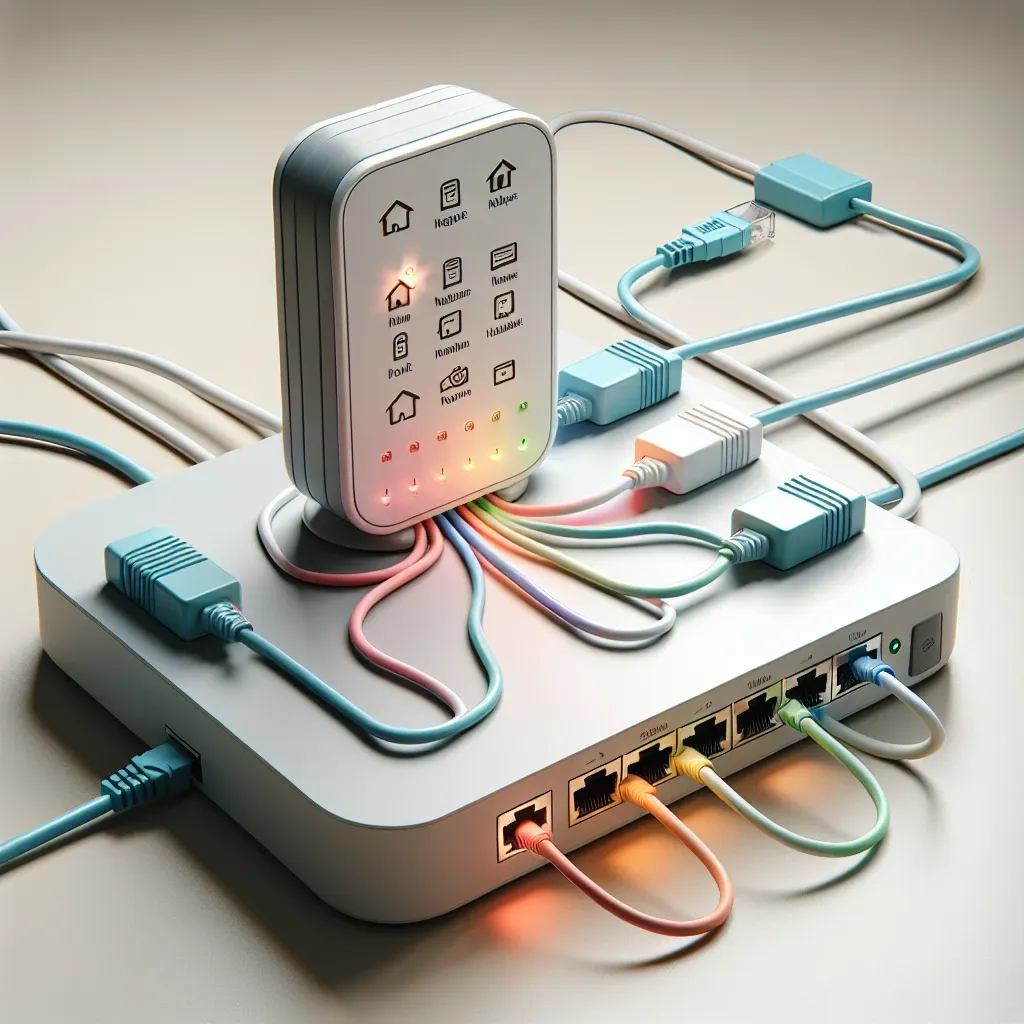Setting up a modem for a multi-homed network can be a complex but rewarding task. In a multi-homed network, multiple internet connections are utilized to improve network reliability, redundancy, and load balancing. This elaborate guide will walk you through the essentials and provide a step-by-step guide on how to achieve this setup successfully.
What is a Multi-Homed Network?
A multi-homed network refers to a network that uses multiple internet connections for improved performance and reliability. These connections can be through different ISPs (Internet Service Providers) or different types of connections such as wired and wireless. By setting up a multi-homed network, you can ensure continuous internet access even if one connection fails.
Advantages of a Multi-Homed Network
- Redundancy: Multiple connections ensure that an alternate path is available if one connection goes down.
- Load Balancing: Traffic can be distributed across different connections, improving overall network performance.
- Improved Performance: The capability to choose the fastest or least congested route can enhance user experience.
Requirements for Setting Up a Multi-Homed Network
- Multiple ISPs or different types of internet connections
- Modem/router with multi-WAN support
- Configurable network devices (routers, switches)
- Technical knowledge of networking principles
Step-by-Step Guide to Set Up a Multi-Homed Network
1. Get the Necessary Hardware
Ensure that you have a modem or a router that supports multiple WAN (Wide Area Network) connections. These devices will usually have multiple Ethernet ports designated for WAN connections.
2. Connect to Multiple ISPs
First, connect each of your internet connections to the modem/router. This can be done by plugging Ethernet cables from each ISP’s modem into the WAN ports of your multi-homed network router.
3. Access the Router Settings
Typically, you can access your router’s settings by typing its IP address into a web browser. You may need to refer to the user manual to find the specific login details for your device.
4. Configure WAN Ports
Once logged in, you need to configure the WAN ports. This process will vary depending on the router but generally involves setting up each connection to recognize its associated ISP. Common settings include IP addresses, DNS servers, and gateways.
5. Set Up Load Balancing
Navigate to the load balancing settings in your router’s interface. Here, you can specify how you want traffic to be distributed across the connections. Options may include round-robin, weighted load balancing, or failover mode.
6. Test the Configuration
After setting up, it’s crucial to test each connection. Unplug one ISP connection to ensure that the network fails over to the other connection seamlessly. Test load balancing by observing network performance under typical usage scenarios.
Key Considerations and Troubleshooting
- ISP Compatibility: Ensure that each ISP connection is compatible with your modem/router.
- Firmware Updates: Keep your modem/router’s firmware up to date to support the latest features and security improvements.
- Network Security: Use advanced security methods, such as firewalls and VPNs, to protect your network.
- Monitor Performance: Use network monitoring tools to regularly check the performance and reliability of each connection.
Common Pitfalls and How to Avoid Them
- Improper Configuration: Incorrectly setting up WAN ports or load balancing can lead to connectivity issues. Follow manufacturer guidelines closely.
- Lack of Testing: Failing to properly test the setup can result in unexpected downtimes when an ISP connection fails. Schedule regular tests.
- Overlooking Security: The use of multiple connections should not compromise your network security. Enable firewalls and use encryption where possible.
Conclusion
Setting up a modem for a multi-homed network can significantly enhance your network’s reliability and performance. While the setup may initially seem complex, following a structured approach can simplify the process. Make sure to carefully configure and test each element of your setup to ensure a seamless and secure networking experience.




